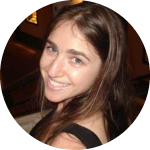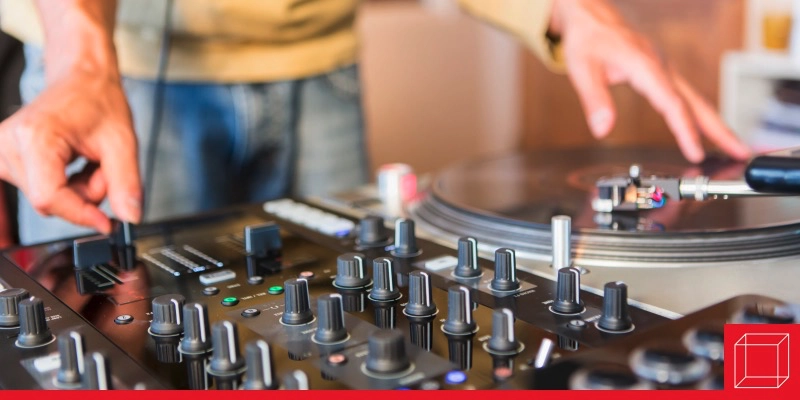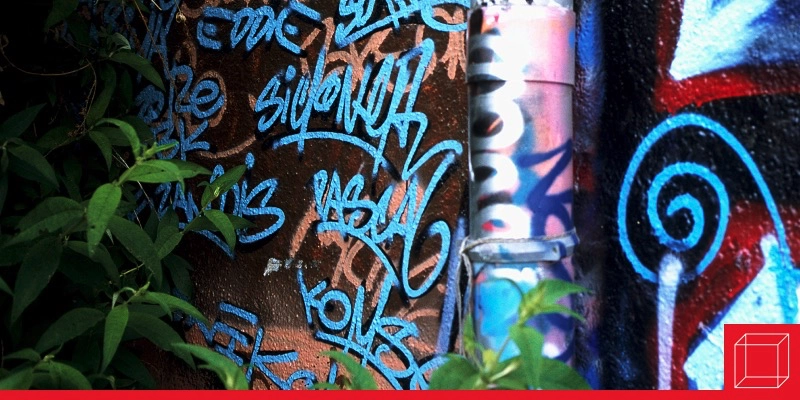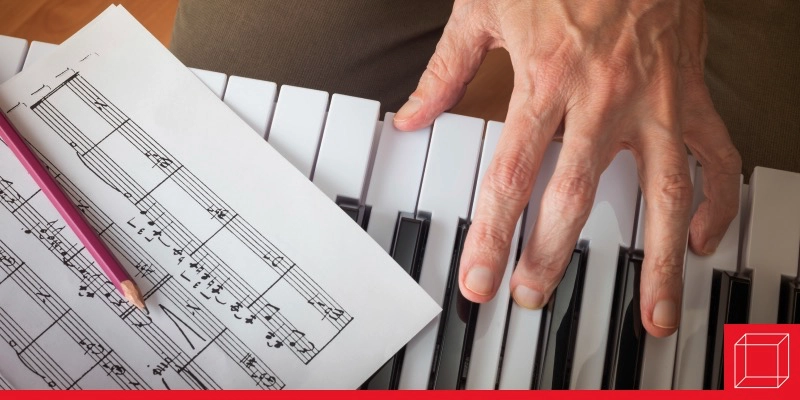Bring Back Live Music
In an increasingly digitally-focused music world, we explore the history and meaning of live music.
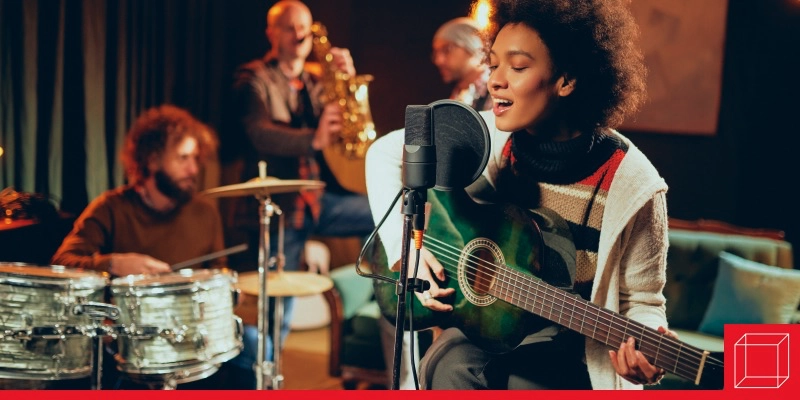
Live music has been around for millennia. Singing predates any formal language and was the first form of communication. Nearly all entertainment during the Ancient Era, the Middle Ages, the Renaissance, and the Baroque period included live music of some kind. Ancient Greeks performed sung plays that included instrumental music. (This was the predecessor to opera.) Middle Eastern dances included instruments worn on the body to create sound and provide rhythm. Renaissance madrigals were the gossip mills of their day, depicting wildly exaggerated versions of real-life events in song.
Over the past 10 years, music has become increasingly electronic. Software and technology have made it possible for many solo acts to write and record their own music using electronic resources. While these resources provide tremendous benefits for musicians, they are not a substitute for live performances.
One obvious difference between recorded music and live performance is that recordings are heavily edited to remove any pitch discrepancies, rhythmic issues, and mistakes. The live music experience is about being there as the music is created, with all the flaws that naturally come with a live performance. Live performance has soul. Regardless of whether the performers are reading music or improvising, there is a natural give and take that happens when musicians perform together. Even in classical music, where improvisation is mostly discouraged, each musician has the power to influence the musical line that comes after their own. This is where the magic happens when the musician suddenly feels a phrase differently or wants to go in a different direction. This can happen in an 80-piece orchestra or in a chamber duo. One of the reasons that I stopped playing in opera and ballet pits is because I was bored playing the same piece over and over again. Now when I perform a piece multiple times, I experiment with my phrasing, tempos, style, and so on. I let the audience guide my musicality. Over time, performers can develop the ability to read an audience, individually and as a collective, and give them more of what they want.
For centuries, musicians have been diversifying to make more money with the same product. During the Romantic Era, musicians were freelancers who had to book their own gigs, get a publisher to sell their music, and earn money from their performances. They were incredibly creative in collaborating and cross-marketing. Poets linked up with composers to write songs. They hired a singer to sing the songs while the composer played the accompaniment. They sold the sheet music and the poems as single pieces or in collections at each show. This is what many bands do today: collaborate with other musicians to share the audience pool. They sell merchandise at the performances and digital downloads of their music. They should be selling sheet music as well.
If listeners only purchase and listen to prerecorded music, we will not only lose the magic that happens at a live show but also see a decline in the number of musicians worldwide. If we want to keep music around for generations to come, we need to make sure that live musicians are employed in the creation, performance, and recording of that music. And keep in mind that an acoustic ensemble can perform anywhere. We don’t need power, we don’t need amplifiers, we don’t need a soundboard. All we need is an audience.
Follow-up questions
What live elements can you continue to use in your prerecorded performances?
What partnerships can you create that would bring live musicians to your performances or your work?

